The Hidden Engineering Behind PCB Reliability
Printed circuit boards (PCBs) are the foundation of today’s electronics; without them, the electronics industry would not exist. From medical devices and aerospace systems to automotive controls and consumer electronics, their reliability directly impacts product performance and safety. While many only see the finished board, it’s the hidden engineering that determines how well a PCB will perform over its lifetime. This post explores the critical design, material, and manufacturing factors that ensure long-term reliability and prevent costly failures in the field.
Design Choices That Matter
Reliability begins at the design stage. Engineering teams make critical decisions that influence how a PCB handles stress, heat, and electrical performance over time.
- Copper Thickness: The thickness of copper traces determines how much current a board can safely carry. Boards designed with inadequate copper can overheat and fail prematurely.
- Layer Configuration: Multilayer boards must be carefully designed to balance electrical performance with mechanical strength.
- Thermal Management: Proper spacing, heat sinks, and thermal vias are integrated into the design to dissipate heat and extend PCB lifespan.
Material Selection
The choice of materials plays a major role in reliability. Substrates, laminates, and coatings must withstand environmental conditions and repeated use.
- FR-4 and High-Performance Laminates: Using the right base material ensures dimensional stability and consistent electrical performance.
- Surface Finishes: ENIG, HASL, and other finishes affect solderability, corrosion resistance, and long-term durability.
- Environmental Considerations: Boards designed for aerospace, automotive, or industrial use require materials that perform in extreme temperatures and conditions.
The Role of Solder Quality
Solder joints are often the weakest point in a PCB assembly. Poor soldering can cause cracks, cold joints, or corrosion that lead to failure. To ensure quality:
- Automated Soldering: Advanced wave and selective soldering techniques provide consistency and reduce defects.
- Lead-Free Alloys: Modern solder alloys balance environmental compliance with mechanical strength.
- Inspection and Testing: X-ray inspection and AOI (Automated Optical Inspection)
Testing Protocols for Long-Term Reliability
Even with strong design and materials, PCBs must undergo rigorous testing to verify performance and durability.
- In-Circuit Testing (ICT): Confirms electrical connectivity and function.
- Flying Probe Testing: Detects open circuits, shorts, and component failures on prototypes and low-volume runs.
- Environmental Stress Testing: Simulates vibration, humidity, and temperature extremes to ensure boards survive real-world conditions.
- Burn-In Testing: Runs boards under load for extended periods to identify early-life failures.
SVTronics’ Commitment to Reliability
At SVTronics, PCB reliability is engineered into every project. Our team combines advanced design support, premium materials, and rigorous testing protocols to deliver boards that perform in the most demanding environments. From aerospace and medical to automotive and defense applications, SVTronics ensures every PCB meets the highest standards of quality and reliability.
Final Thoughts
Reliability doesn’t happen by chance; it’s built through careful engineering at every stage of PCB development. By focusing on design, materials, soldering practices, and testing, SVTronics helps customers avoid costly failures and deliver products they can trust.
When reliability matters, SVTronics is the partner you can count on for long-lasting PCB performance. Contact us today about PCB prototyping and our cost-effective manufacturing methods.



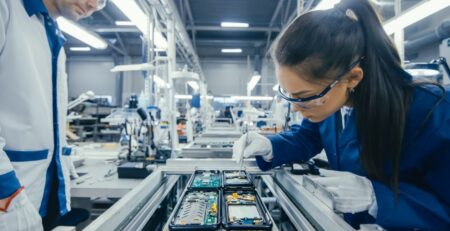

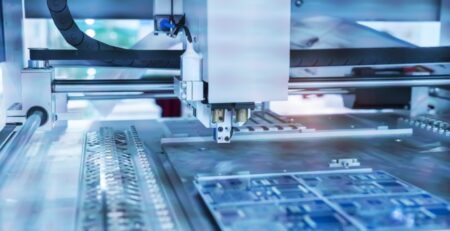



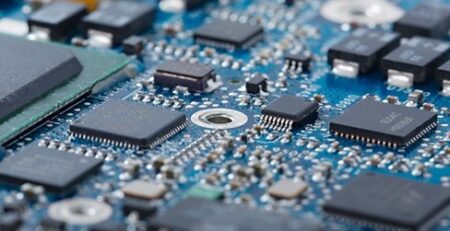
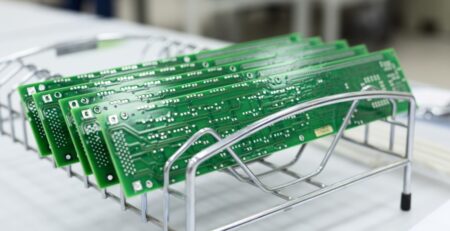
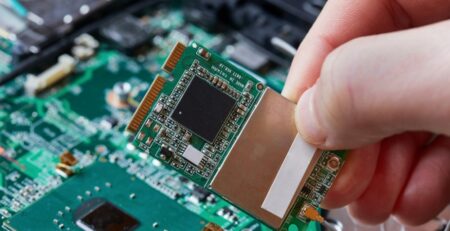

Leave a Reply